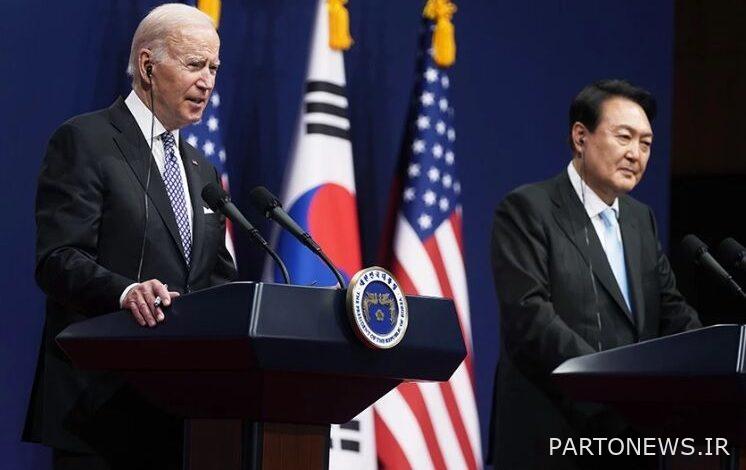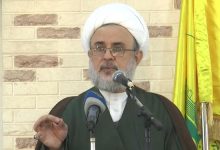What does Biden have in mind for the new Asian pact?

US President Joe Biden has faced a dilemma over trade with Asia because he can not make up for what former US President Donald Trump did in 2017, IRNA reported Monday, citing the Associated Press. And he pulled the United States out of the Pacific Trade Agreement, to rejoin the agreement. In fact, the deal that Trump pulled out of, regardless of its content, was politically damaging to Washington, and the Americans saw participation in the deal as one of the reasons for the job cuts.
Biden now appears to have found another replacement for the pact. During his visit to Tokyo, he is scheduled to announce the list of countries joining the India-Pacific Economic Agreement (IPEF) on Monday.
What is the basis of the new treaty?
Although it is unclear how the new Indo-Pacific treaty will work, Monday’s statement marks the beginning of talks between the participating countries on deciding on the future framework of the treaty. In general, the new treaty reflects Washington’s commitment to continue to be a leading power in Asia.
Explaining the new Indo-Pacific treaty, White House National Security Adviser Jake Sullivan said the new agreement would further integrate the Indo-Pacific economies, set standards and rules, especially in new areas such as the digital economy, and work to ensure the existence of chains. Secure and flexible supply is centralized.
According to experts, the need to set new standards for world trade is not the only need of the American people. Because the world witnessed a global epidemic disrupting the entire supply chain, shutting down factories, delaying the movement of cargo ships, shutting down ports, and causing global inflation. These vulnerabilities became more apparent, especially after the war in Ukraine, and led to an unprecedented jump in energy and food prices around the world.
Who determines the details of the new treaty?
Negotiations with partner countries will focus on four areas, and the main responsibility for this lies jointly with the US Trade Representative and the Department of Commerce.
The US Trade Representative is negotiating fair trade, which includes trying to protect US workers from any risk of losing their jobs, especially as China’s accession to the World Trade Organization in 2001 led to a wave of layoffs. It came from factories. In fact, it was the main cause of American anger and Trump’s victory in the 2016 election; The person who pulled the United States out of the Pacific Treaty as soon as he was sworn in as president in 2017.
The Ministry of Commerce also focuses on negotiations on three other axes; Including supply chain flexibility, infrastructure and climate change, and taxation and anti-corruption.
Who can join the new treaty (IPEF)?
The White House has announced that the new Indo-Pacific Treaty will be an open platform. However, this idea has been criticized by China. The Beijing government believes that any new monopoly agreement could lead to further unrest in the region.
However, reports indicate that the new Indo-Pacific agreement also addresses some of China’s sensitivities as the world’s second-largest economy; Taiwan, an autonomous island that China considers its own, has been excluded from the treaty. This exception is especially noteworthy because Taiwan is one of the leading manufacturers of computer chips. According to observers, since chips are an important element of the digital economy and part of the Indo-Pacific negotiations, Taiwan’s absence will be influential.
Sullivan said in a statement that Taiwan’s absence from the new trade agreement was significant, adding that any trade talks with Taiwan would be conducted one by one.
He added: “We are looking to deepen our economic partnership with Taiwan, including in the field of advanced technology and the supply of semiconductors.” But in the first place, we pursue this issue bilaterally.
How long will the negotiation process for a new endopsychic treaty take?
According to a US government official who spoke on condition of anonymity, the new agreement will take effect as soon as negotiations begin, which are expected to last between 12 and 18 months. He said the deadline for a global trade deal was too short, adding that building a consensus within the United States would also be very effective in the process.
Following on his Asian tour, which began on Friday, Biden is visiting Japan for the first time as US President, and will meet with Japanese Prime Minister Kishida Fumio on Monday and the Quad Group on Tuesday. Will attend and hold talks with the leaders of Japan, India and Australia.

